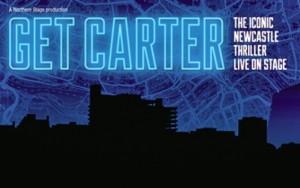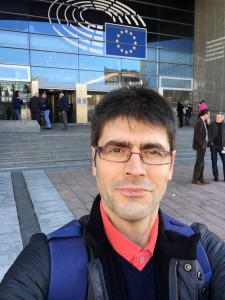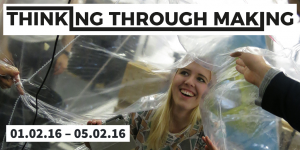This blog post is an amended version of the essay written by Professor Mark Tewdwr-Jones for the programme for the Northern Stage production of Get Carter and his pre-show talk given on Thursday 25 February.
In this post he presents his original thoughts on Newcastle and Gateshead in the 1960s and explores how current city leaders are faced with a similar question: How do we want to live in the future?

The 1960s are often referred to as a pivotal time in Britain’s history and the decade saw profound changes in the North East. The older industries that had formed the mainstay of the region’s economy were dying; the closure of the Rising Sun Colliery in Wallsend in 1969 was the last pit on the north side of the Tyne, while six shipyards had already closed between 1960 and 1966.
But the spirit of change was underway too. T Dan Smith, Newcastle’s council leader for the first half of the 60s, embarked on a radical modernisation programme. Subsequently dubbed The Brasilia of the North, the plan was ambitious but reflected Smith’s determination to make Newcastle a world renowned 20th century city.
Smith revolutionised local government by introducing Britain’s first ever Chief Executive (in place of the Town Clerk) and Chief Planner (Mr, later Sir, Wilf Burns), and even Cabinet style government. Among the projects he set in place at this time were: the removal of remaining slum housing, the building of new flats, the development of a higher education campus in the city, the building of Britain’s first indoor shopping centre at Eldon Square, the construction of the Tyne and Wear Metro, the expansion of the airport at Woolsington, and the plans for the construction of the Central Motorway to remove traffic from the congested city centre. Traffic was so heavy on Northumberland Street, the main London to Edinburgh A1 road, that footbridges had to be built over the road to allow shoppers to cross safely from one side to the other. New towns were developed in Cramlington, Killingworth and Washington.
On the Gateshead side of the Tyne, change was no less dramatic, with significant road building schemes, the opening of the Tyne Tunnel in 1967, and new modernist designs for public buildings and housing. The construction of the 29 storey Derwent Tower in Dunstan, dubbed The Rocket, and the Trinity Square shopping centre and car park (made famous in the film version of Get Carter) in the late 60s, signalled the height of both planners’ and architects’ frivolity with the urban realm. The professionals treated the city as a machine but at the expense of the need for human scale and a sense of place.
Local architects and construction companies all benefited from the reconstruction and regeneration ethic. But some of it was too good to be true. The utopia, like Smith’s own career, didn’t live up to the hype: developers built quickly and cheaply, and were too ready to dispense with anything that smacked of an older age. And for most, the loss of coalmining and shipbuilding cast a long employment shadow.
Smith’s legacy is fiercely contested and whether you think he was a crook or an inspiration, few can argue that he held a vision for the future of his city.
Newcastle and Gateshead are, in common with other cities around the world, now looking to the future once again and asking vital questions about how our citizens are going to survive – and thrive – in a society facing challenges including climate change, economic austerity, global migration and an ageing demographic.
Universities are well placed to help cities address these questions and the national Foresight Future of Cities project developed a methodology in the Newcastle city region to bring together the intellectual capacity of universities and local stakeholders to identify and address future potential challenges and opportunities. This methodology can be adopted by cities all over the world.
The resulting report, Newcastle City Futures 2065, is a broad and overarching look at the next 50 years using Newcastle city region as a pilot. It aims to demonstrate that universities can work more proactively with and for the cities in which they are located, and use both creative techniques and their expertise to foster civic engagement and articulate a vision for the future of the city.
Mark Tewdwr-Jones is Professor of Town Planning and Director of Newcastle City Futures at Newcastle University.


